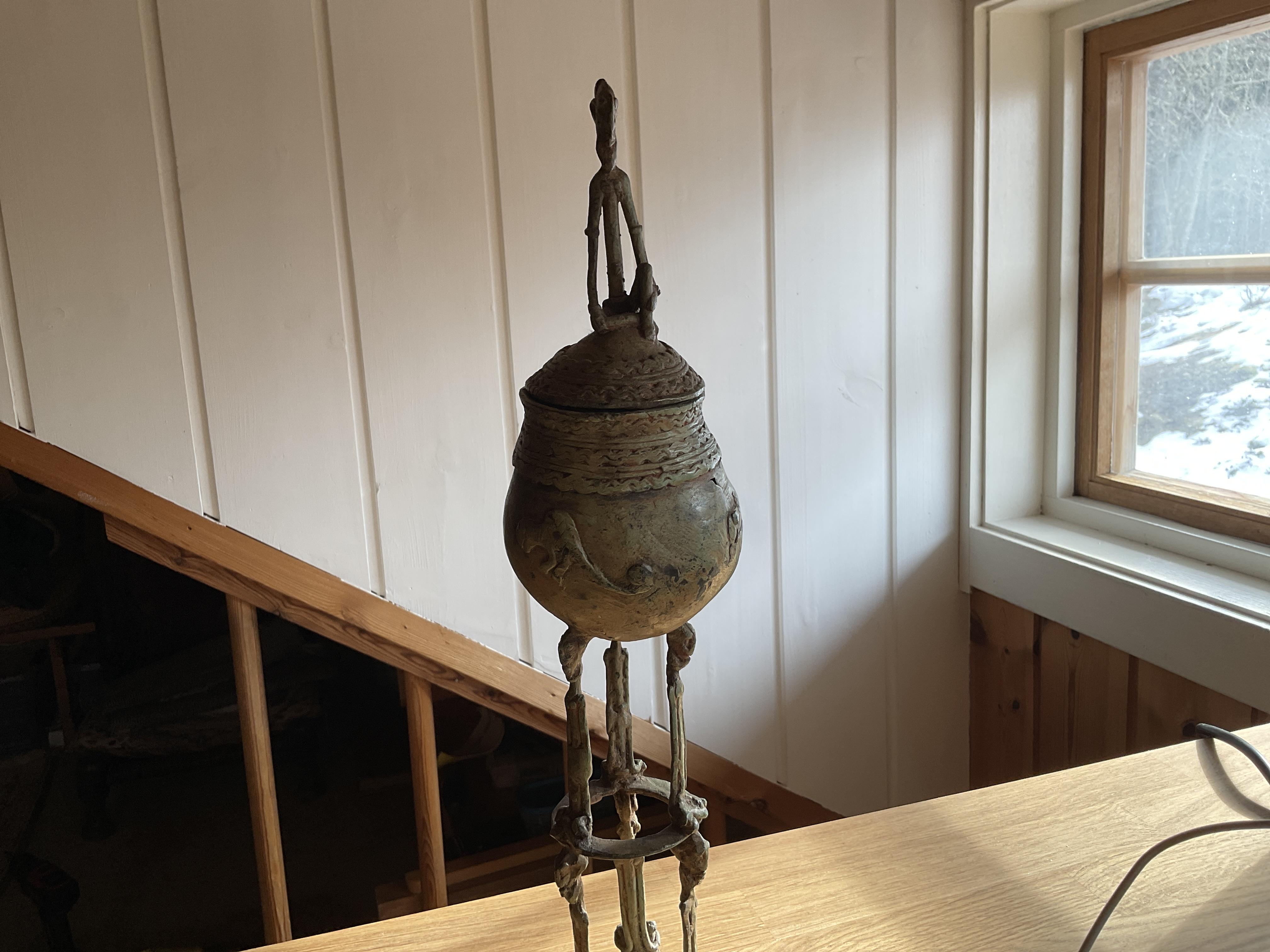
The Dogon are an ethnic group residing in the central plateau region of Mali, with a particular concentration in the area known as the Bandiagara Escarpment. This remarkable community is renowned not only for their intricate social structures but also for their profoundly rich cultural heritage and unique spiritual beliefs that have captivated scholars and travelers for generations. Below is an expanded and more detailed overview of the Dogon people, exploring multiple facets of their identity and societal framework:
### 1. **History and Background**
- **Origins**: The precise origin of the Dogon people remains a subject of scholarly debate and inquiry. However, it is generally believed that they migrated to their current geographical region during the 13th century, seeking refuge from the sweeping Islamic invasions that were significantly affecting the territories of the Mali Empire. This historical context has greatly influenced their subsequent cultural development and identity.
- **Language**: The Dogon community speaks a cluster of languages known as the Dogon languages, which are classified under the broader Niger-Congo language family. Within this linguistic group, there exist multiple dialects corresponding to the various Dogon sub-groups, showcasing the diversity and complexity of their communication.
### 2. **Cultural Practices**
- **Religion and Spirituality**: The Dogon religion is deeply entrenched in a rich tapestry of beliefs that are characterized by a complex cosmology. The community venerates a multitude of deities, each associated with different aspects of life and nature. Central to their belief system is an elaborate creation myth, which involves their supreme god, Amma, and the revered ancestors that shaped their cultural landscape. Furthermore, the Dogon display an extraordinary understanding of astronomy, which has intrigued researchers and sparked various studies, especially regarding their myths and scientific knowledge.
- **Sirius Star System**: Among the most notable claims about the Dogon is their intricate knowledge of the Sirius star system. Historical accounts suggest that the Dogon were aware of the existence of Sirius B, a white dwarf star, long before modern telescopes irrevocably confirmed its existence in the 19th century. This profound celestial awareness has led to an array of theories and interpretations that delve into the potential intersections between their ancient wisdom and contemporary astronomical science.
### 3. **Social Structure**
- **Tribal Organization**: The social architecture of the Dogon society is typically organized into various clans, each intricately linked with specific totemic animals that hold significant symbolic meaning. Their complex social hierarchy encompasses a range of roles, particularly for masks and ritual specialists, showcasing a vibrant interplay between artistic expression and social function.
- **Gender Roles**: Within Dogon society, traditional gender roles are distinctly outlined. While men predominantly engage in vital economic activities such as farming, craftsmanship, and trade, women primarily manage household responsibilities, including child-rearing and agricultural contributions, which play an equally crucial role in sustenance and community welfare.
### 4. **Art and Architecture**
- **Masks and Festivals**: The Dogon are widely recognized for their striking wooden masks, which are integral to their ceremonial practices. These masks are not merely artistic objects but serve as vital symbols during festivals, where elaborate dances and music performances take place. Each mask conveys specific meanings related to social and spiritual life, emphasizing the community's deep-rooted traditions.
- **Mud Houses and Granaries**: Architecturally, the Dogon villages are characterized by their distinctive structures, including mud houses and intricately designed granaries. The use of clay and mud in their construction is not only practical but also contributes to the unique aesthetic of their villages, many of which are artfully built on cliffs. This geographical feature not only provides natural defense against invasions but also enhances the visual allure of the Dogon landscape.
### 5. **Agriculture and Economy**
- **Farming Practices**: The Dogon people primarily identify as agrarian, cultivating staple crops such as millet, sorghum, and rice. Their agronomic techniques are advanced, employing intricate terracing methods adapted to the hilly and often challenging terrain in which they reside, ensuring effective water management and soil conservation.
- **Trade**: Beyond farming, the Dogon engage in trade with neighboring communities. They exchange a variety of goods, including textiles, crafts, and fish, fostering economic relationships that extend beyond their own cultural boundaries and showcasing their adaptability in a changing economy.
### 6. **Challenges and Contemporary Issues**
- **Modernization**: In recent years, the Dogon people have encountered a multitude of challenges stemming from globalization and modernization. These changes have significant implications for their traditional way of life, particularly regarding environmental shifts that adversely affect their agricultural practices and overall lifestyle.
- **Cultural Preservation**: In response to these encroaching challenges, various initiatives are underway aimed at preserving the Dogon’s rich traditions and cultural practices. These efforts are crucial in ensuring that this vibrant community continues to thrive amidst external influences and the pressures of modernity.
### 7. **Tourism**
The Dogon Country has emerged as a popular destination for tourists seeking insights into anthropology, culture, and adventure tourism. Visitors are drawn not only to the stunning landscapes that define the region but also to the unique architecture and the vibrant cultural practices exhibited by the Dogon people. Ecoconscious tourism initiatives are gaining traction, allowing travelers to engage meaningfully with the community while contributing to their economic sustainability.
In summary, the Dogon people of Mali represent a deeply fascinating blend of rich cultural heritage, intricate social structures, and profound spiritual beliefs. Their unique history, coupled with a vibrant contemporary existence, makes them an enduring subject of interest for anthropologists, historians, and travelers alike, offering a glimpse into the resilience and ingenuity of a community that continues to navigate the complexities of modern life while honoring its storied past.
